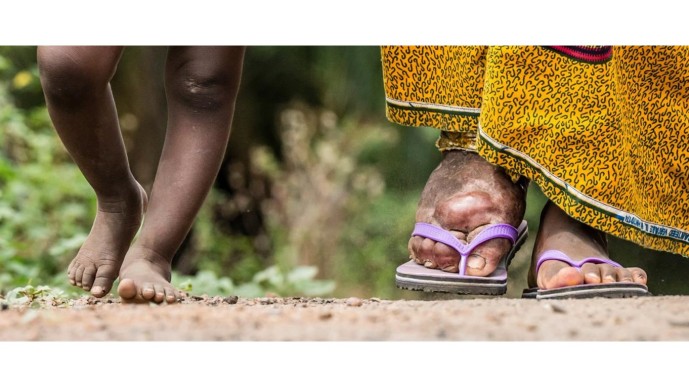Diagnostics for Neglected Tropical Diseases - Lymphatic Filariasis

INTRODUCTION
Lymphatic Filariasis is a major public health issue in India. Even though the National Filaria Control Programme was established in 1955, it is estimated that there are over 30 million micro-filaremics, over 23 million cases of symptomatic filariasis and almost half-a-billion individuals that are potentially at risk of infection. The last 10 years have seen positive advances in the diagnostics, treatment and control of filariasis.
Circulating microfilariae can be detected by examining thick smears (20–60 μl) of finger-prick blood. The blood must be collected at a specific time – either at night or during the day – depending on the periodicity of the microfilariae. This method is inexpensive and feasible at individual and community levels for mapping the endemicity of lymphatic filariasis and monitoring mass drug administration (MDA).
The Filariasis Test Strip (FTS) is a rapid diagnostic test used to detect the Wuchereria bancrofti antigen in human blood samples.
The Challenge
This call-for-proposals aims to:
- Explore alternative tests that meet or exceed the current Filarial Test Strip (FTS) or microfilaria detection tools.
- Seek novel methods for identifying viable adult filarial worms in the human body, i.e. the absence of signal must indicate the worms are either not present, dead or permanently sterilized (as would be needed for making decisions).
- Explore the identification of new methods specific for early exposure or pre-patent infection of Lymphatic Filariasis-causative species (as would be needed for surveillance).